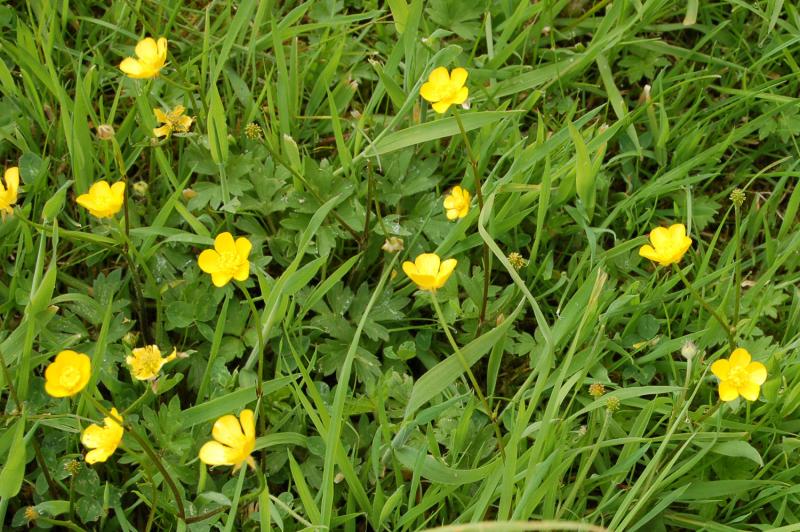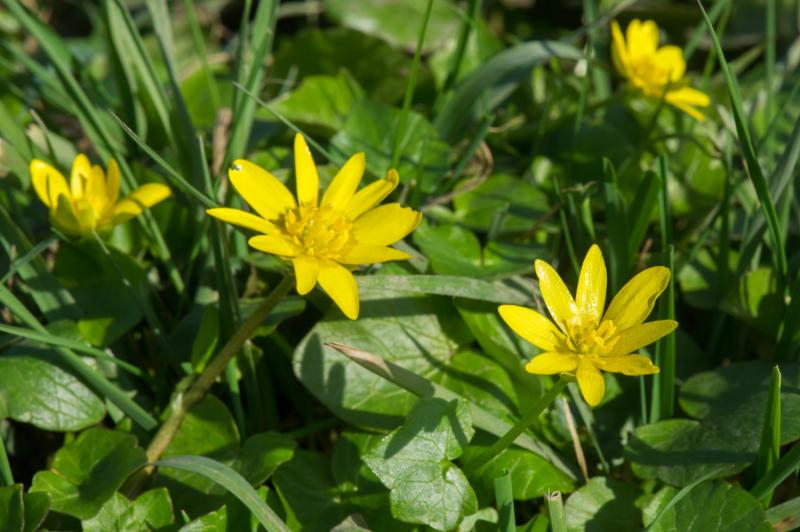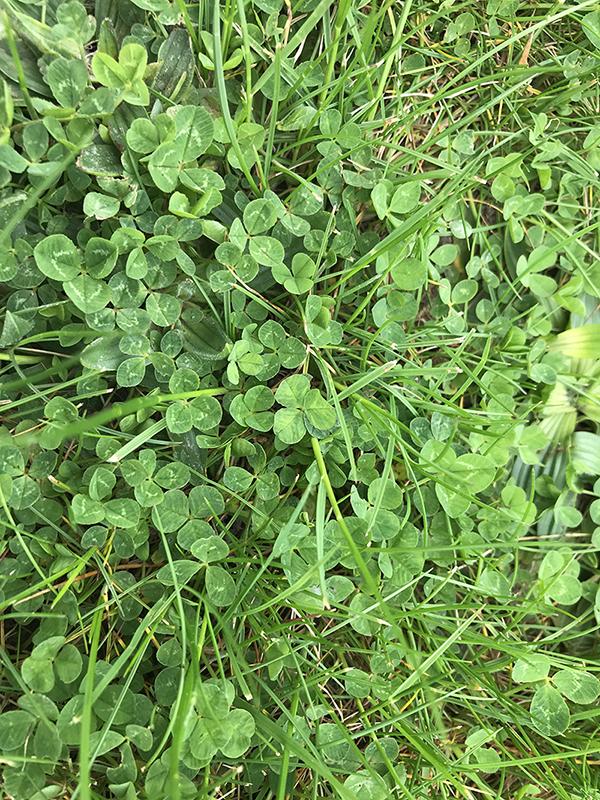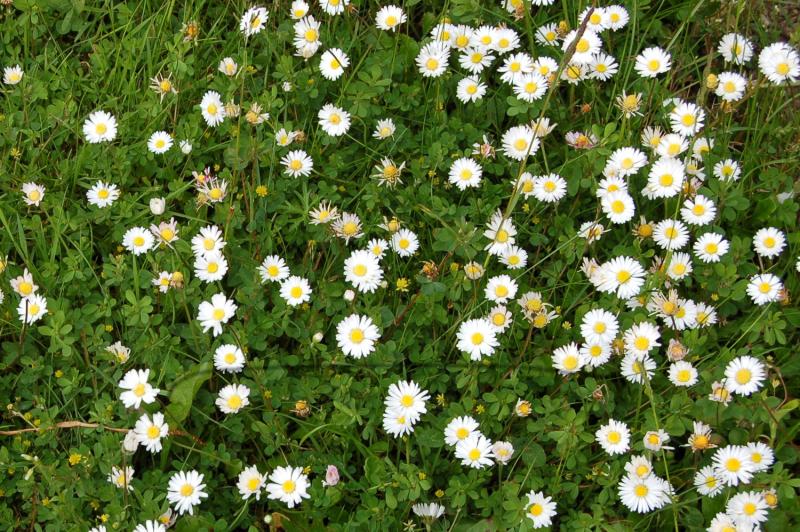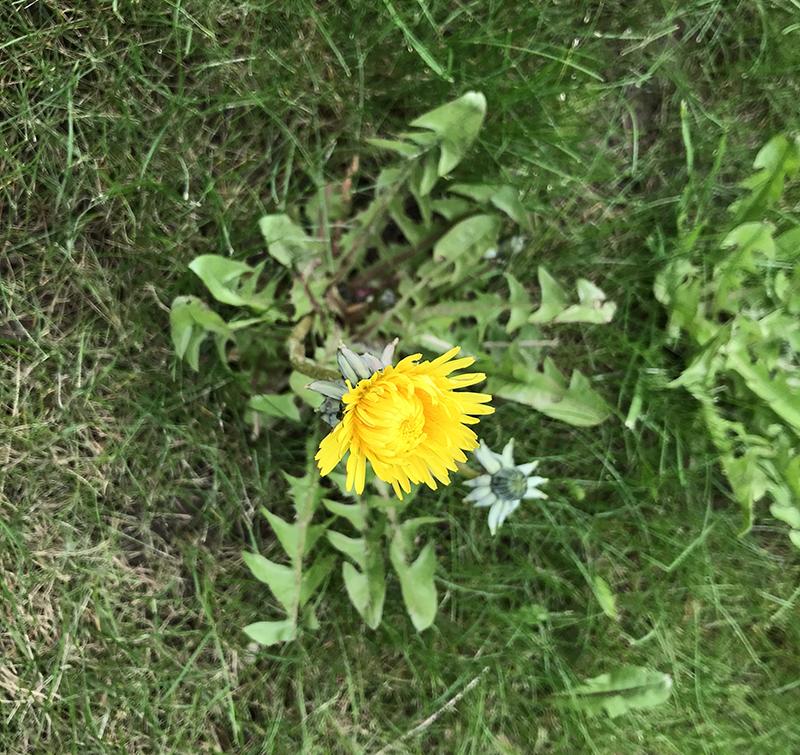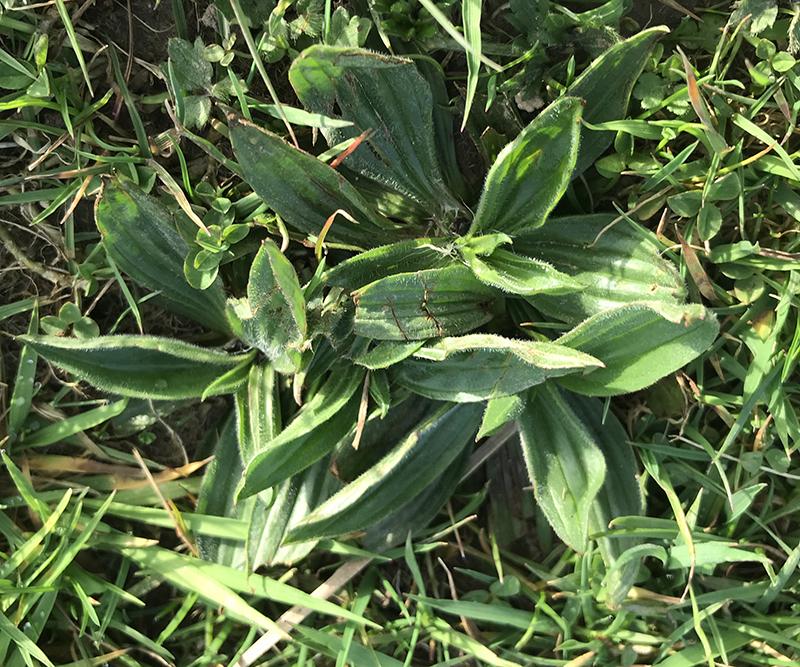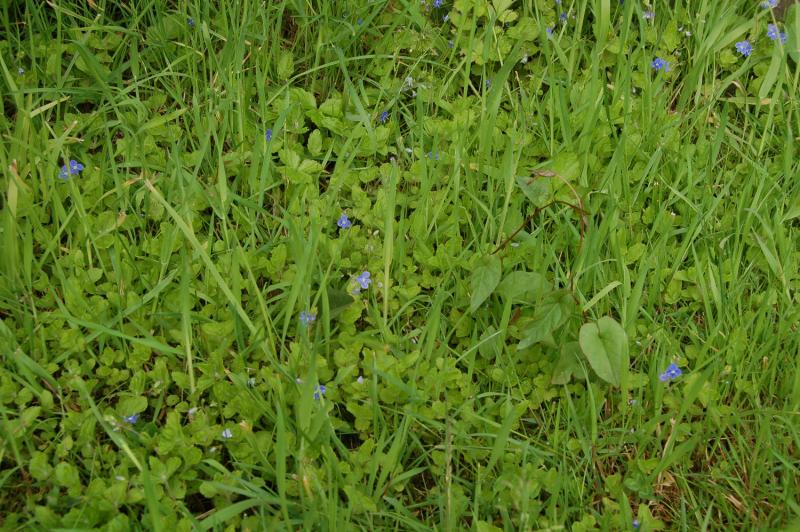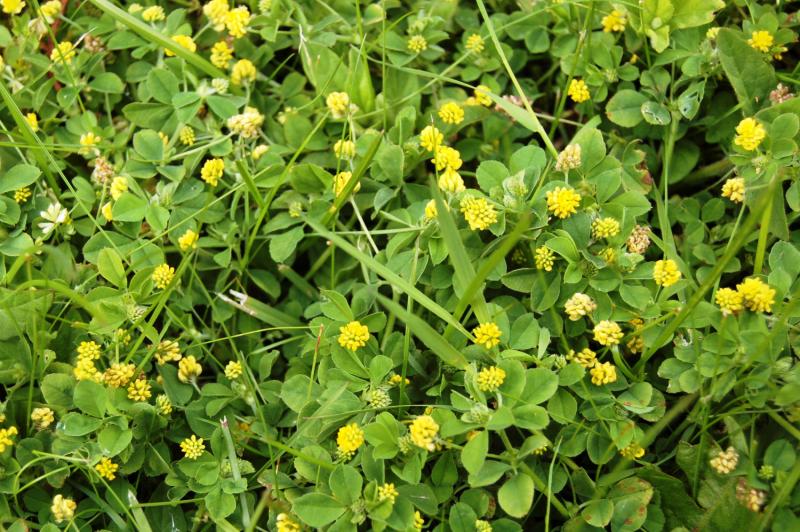
What are lawn weeds and why are they a problem?
Lawn weeds are unwanted plants that grow alongside your desired grass. They can quickly take over your lawn, competing for nutrients, water, and sunlight. Not only do they ruin the appearance of your garden, but they also pose a threat to the health of your grass. One significant issue with weeds in my lawn is their rapid spread. If left untreated, they can quickly take over your entire lawn.
Invasive Lawn Weeds
Invasive lawn weeds are aggressive species that can be especially difficult to control. They spread rapidly and frequently outcompete grass for essential resources like nutrients, water, and sunlight. A common example is dandelions, which develop deep root systems that make them particularly tough to eradicate. Their invasive nature makes them a constant problem as they can quickly spread from neighbouring properties or areas of disturbed soil.
Common Lawn Problems
In addition to weeds, other common lawn problems can exacerbate weed growth. Issues like poor soil health, compaction, improper watering, and insufficient sunlight create an environment where grass struggles to grow. Weeds are opportunistic and can thrive in these conditions, worsening the overall health of your lawn. Moss, bare patches, and fungal diseases are also common problems that contribute to a lawn's decline and allow weeds to flourish.
Preventing Lawn Weeds
Weeds spreading in your grass is often a sign that your lawn is stressed, thin, or not being maintained in a way that promotes dense, healthy turf. Here are the most common reasons why weeds are spreading in your lawn:
1. Thin or Bare Patches
Weeds thrive where grass struggles to grow. Bare or thinning areas leave open soil exposed, giving weeds the perfect opportunity to take hold.
Solution:
Overseed these areas with quality grass seed to crowd out weeds and improve turf density.
2. Overwatering or Poor Drainage
Constantly damp soil creates a favourable environment for certain weeds like moss, clover, and creeping buttercup.
Solution:
Water deeply but less frequently, and improve drainage through aeration if your soil feels compacted or waterlogged.
3. Underwatering or Drought Stress
Dry, stressed grass becomes weak, giving weeds like dandelions and thistles a chance to invade.
Solution:
Ensure your lawn gets around 1 inch of water per week, either from rain or irrigation. Water early in the morning to reduce evaporation.
4. Mowing Too Short (Scalping)
Cutting grass too short weakens it and allows more sunlight to reach weed seeds, encouraging their growth.
Solution:
Follow the one-third rule — never remove more than a third of the grass blade at a time. Keep your mower blades sharp for a clean cut.
5. Poor Soil Health or Imbalance
Nutrient-poor or overly acidic/alkaline soil can discourage grass growth and allow weeds to flourish.
Solution:
Get a soil test to check pH and nutrient levels. Based on results, apply lime, compost, or fertilisers to balance the soil.
6. Lack of Regular Lawn Care
Infrequent feeding, inconsistent mowing, and ignoring seasonal care can all contribute to weed invasion.
Solution:
Adopt a year-round lawn care programme that includes seasonal fertilising, aeration, scarification, and weed control.
7. Weed Seeds Blowing In
Even a well-kept lawn can be invaded by windborne seeds from neighbouring properties, roadsides, or fields.
Solution:
Maintain a thick, healthy lawn to naturally crowd out weed seedlings.
Final Tip: A Thick, Healthy Lawn is the Best Defence
The key to stopping weeds from spreading is preventing them from establishing in the first place. Focus on improving grass density and overall lawn health, and you'll create an environment where weeds can't compete.
Do GreenThumb's treatments deal with my weeds?
Of course, and generally you can expect over half of your lawn weeds to die-off in any one treatment. So after three or four treatments, most of your common lawn weeds will have disappeared.
However, it is a never-ending battle to keep your grass weed-free as seeds lie dormant and others are blown in from neighbouring locations, ongoing treatments are always necessary.
There are numerous types of lawn weeds that you may encounter in your garden. Below is a selection of the most common lawn weeds, although your local GreenThumb operative will be able to advise you on lawn weed identification UK during a lawn analysis, so you can address any more difficult or exotic types of grass weeds UK.

